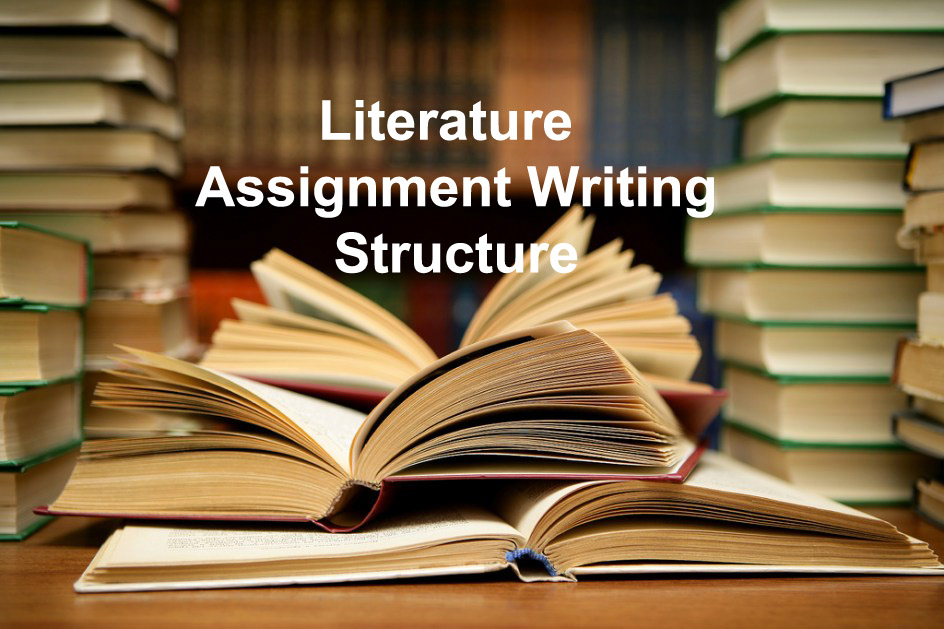
How outline of literature-review is drafted?
By Jennifer Lawrence
Literature-review is represented by evaluation and research of available literature present within your concerned topic or subject. Literature survey, information synthesis, critical analysis and literature organizing are the most popular purposes of any literature-review. You can also refer literature-review as any undergraduate-dissertation.
Literature-review structure:
Before drafting literature-review, you have to know about the exact structure in order to frame the researched points systematically. Structure of literature-review is almost similar to that of any ordinary academic-essay. Essential parts that are involved in this structure are as follows:
- Introduction: Topic is defined here along with the addition of a suitable context for fulfilling the purpose of literature-reviewing. Literature-review is absolutely incomplete without establishing view-points or reasons. It is also very much essential to explain review-sequence in this part. Finally, review-scope is being mentioned and discussed in details so that targeted audiences cam have a better idea about the concerned concept.
- Main-body: This is the middle-portion and it is the vital one amongst all. Here, literature is organized in accordance of common themes. Literature is being widely reviewed as per specific research focus. Relation insight in between wider subject-area and chosen topic is mentioned for presenting the topic in a much elaborative manner.
- Conclusion: this is the final part where important aspects are summarized for evaluating reviewed literature in a proper way. Valuable points are outlined so that they can be utilized as future references. Existing knowledge is directly linked with research-work and on the other hand underlying flaws of existing knowledge are being highlighted.

Focus of literature-review outline:
- First-stage: Literature-themes or main concepts need to be developed after determining topic’s logical sequence. You have to mention a jest of what you are actually trying to reveal to your targeted readers.
- Second-stage: Major concepts need to be highlighted so that appropriate subheadings can be developed accordingly. Outline should be revised well so that alterations or additions can be made in a neat manner. For making effective revisions, intense learning is very much important.
- Third-stage: References supporting every topic should be mentioned clearly. Collected notes need to be organized as per outline order. This order will make it easier for you to get suitable reference easily and quickly. This is how your paper-framework can be completed.
These three stages need to be essentially maintained for developing a healthy and well-researched outline for your literature-review. For more assistance, you can definitely ask your professor or else can make more intricate research online in order to get hold of the available samples.
Remember few key points:
- Literature-review is not described as any descriptive-list.
- This is not either an article-by-article or book-by-book summary.
- A perfect guiding-concept should be followed for defining it. The guiding-concept can be an objective, research-project or an essay-question.
- The literature-review should reveal the ideas or knowledge that has been established. Moreover, the readers will also come to know about weakness and strength that has been outlined prominently.
These are the few essential pints that you need to remember while writing and researching any literature-review.